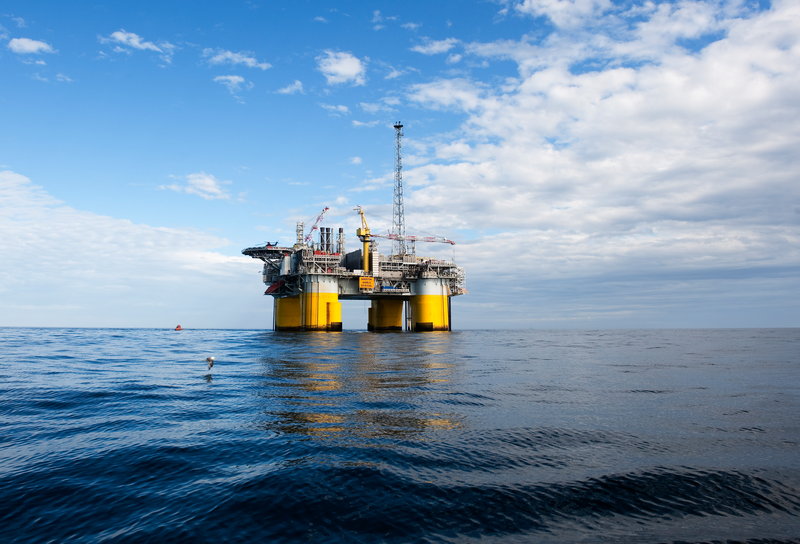The soon to be decommissioned Kristin field could generate 270 gigawatt hours of geothermal energy, said researcher Roger Ekseth in a recent interview with Norwegian media outlet NRK.
In turn, that amount of energy could power 40,000 hydrogen cars for a year, the article further mentions.
Whilst at first glance these numbers look impressive, a back of the envelope calculation casts doubt on the claim that an offshore field such as Kristin could be re-used for geothermal energy production.
50 times less
All one needs to do is to look at how much energy is currently produced from Kristin. Add to that the fact that the field is at the end of its life according to the Norskpetroleum website, which means that the economics are looking increasingly marginal.
In 2020, the field produced a total of 8.3 million barrels of oil equivalent. That can subsequently be translated in the amount of gigawatt hours the field produced in that particular year, which equates to 14,100 GWh. This implies that the amount of geothermal energy that could potentially be produced from the field would be about 50 times less than what Kristin currently produces from hydrocarbons during the tail end of its life.
Even when a correction factor would be required to account for the fact that Kristin is a mixture of gas, condensate and oil, and that oil needs to be refined, it is still hard to imagine how the economics may ever work for geothermal energy.
The Kristin field is located in the Norwegian Sea, close to Maria and Tyrihans. It is an HPHT development, with water co-produced of a temperature of 170 degrees C from Jurassic reservoirs. The field started production in 2005, but has suffered from low permeability and the presence of flow barriers in the reservoirs.
No reply
The NRK article also mentions that Ekseth has not received a reply from the energy companies he sent a letter to, advocating for a geothermal future of soon to be abandoned fields. Equinor, the operator of Kristin, also kept quiet.
But should this be interpreted as a sign of unwillingness to cooperate? Or as arrogance from the big boys?
Before concluding that, let’s look at this from another perspective. In this day and age, where any company embarks on greening their energy portfolio and splashing about it in the news, why would Equinor not jump on this? If there would even be the slightest chance that it could work, it could earn the company lots more credits from society and indeed produce green energy.
Through comparing the amount of energy produced from hydrocarbons versus geothermal, there seems to be an obvious answer to the question. The economics do not seem to favour offshore geothermal energy.
That is most likely the reason why companies do not embark on this; not because there is no will, but it doesn’t make financial sense under the current circumstances.
HENK KOMBRINK





